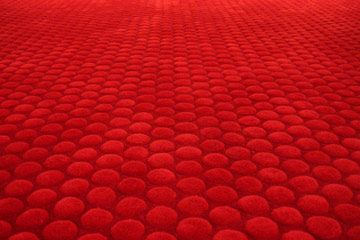Carpeting matters. That's what experts are saying today. Carpeting is the third largest investment the average homeowner makes, topped only by the home itself and car [source: Carpet Buying Guide]. In years past, a carpet was considered a decorative addition. Now it's one of the basic building materials that help determine home value.
When you're shopping for carpet, the fiber from which it's made will be your most important consideration. The kind of fiber determines many of the carpet's qualities and accounts for 80 percent of its cost [source: Cooper]. Remember that no fiber is right for all situations. Before you make your choice, you should look at a number of factors:
Advertisement
- Traffic: Is the carpet for a bedroom, where there will be minimal wear and tear? Or a family room, where there will be more? Or a hallway or stairway, which receives the most?
- Budget: Prices vary quite widely. You should look for the best value that you can afford.
- Moisture: Carpet for a bathroom, kitchen, basement or pool area may be exposed to dampness. Some fibers tolerate it, some don't.
- Lifetime: Do you want the carpet to last for decades? Or are you planning to replace it in a few years?
- Children and pets: Are there likely to be spills and accidents? Kids playing on the floor? You should consider these things before choosing a fiber.
Think about fiber in relation to other aspects of the carpet you're considering. For example, some fibers are best with low-pile or low-loop carpets. Some require greater density or more yarn twist.
Dying method is another consideration. Some fibers can be solution dyed -- the color is mixed in when the fiber is being made. With stock dying, the fiber is dyed later and the color does not penetrate.
Think of the difference between a carrot and a radish; the carrot, like solution-dyed fiber, is the same color throughout. Stock dying leaves the color on the surface, as it is with the radish, red on the outside and white on the inside. Solution dying usually results in a smaller range of colors available, but greater resistance to fading.
Remember that not all fibers of a particular type are identical. There are different grades and qualities of every type of fiber. A low-grade, poorly made carpet may not be a value, no matter what the fiber.
Read on to learn about the fiber that makes up almost two-thirds of all carpet purchases.



